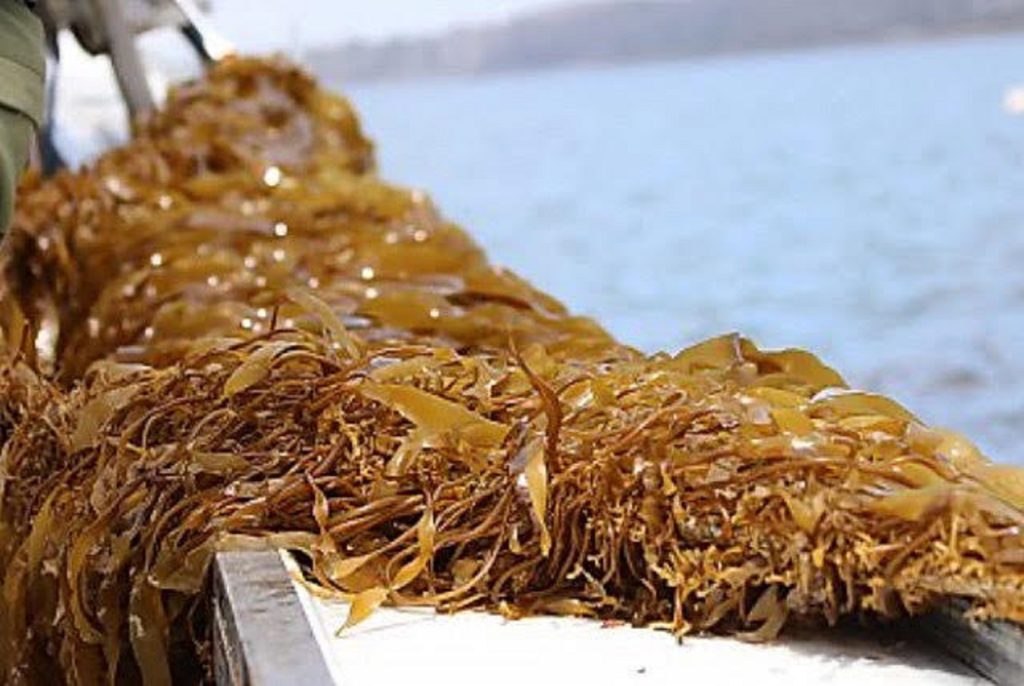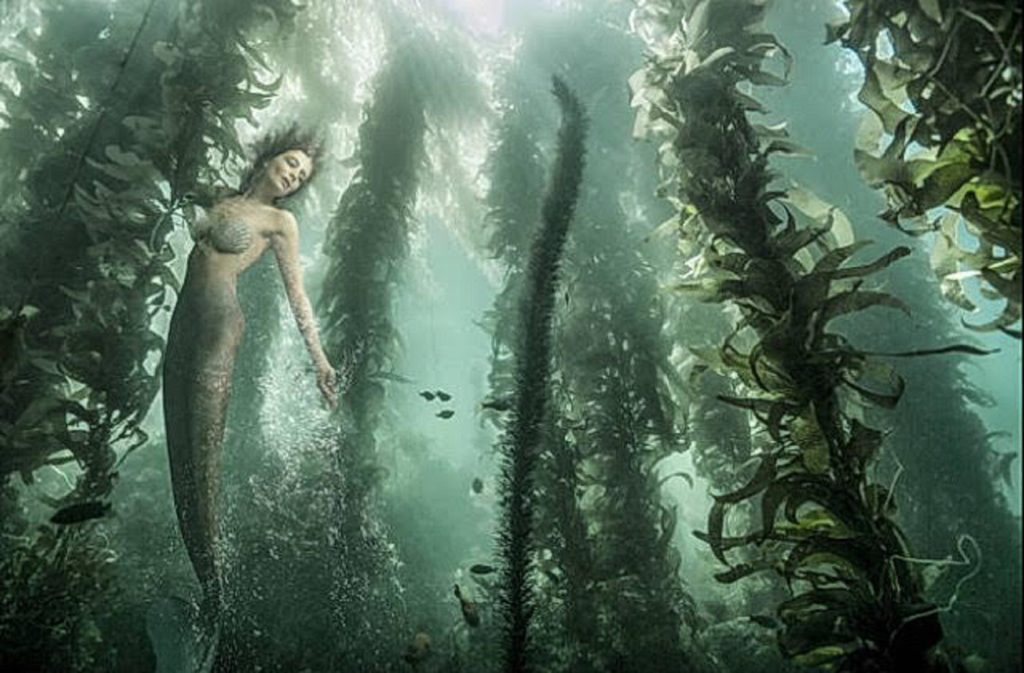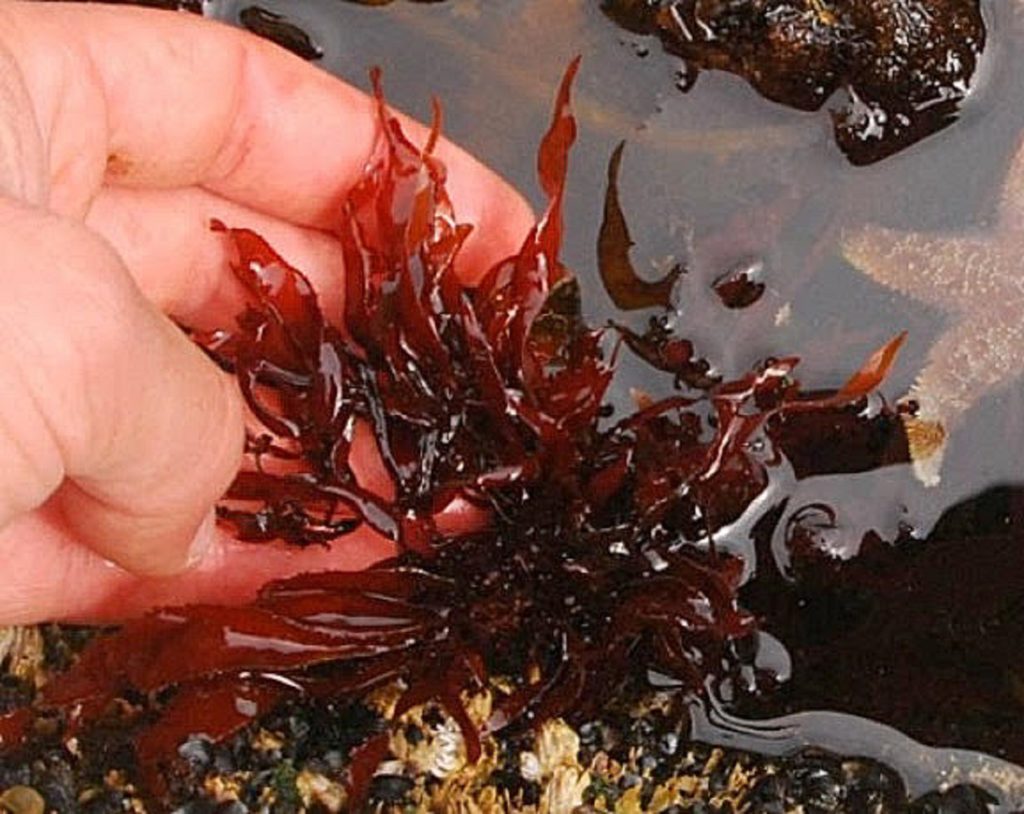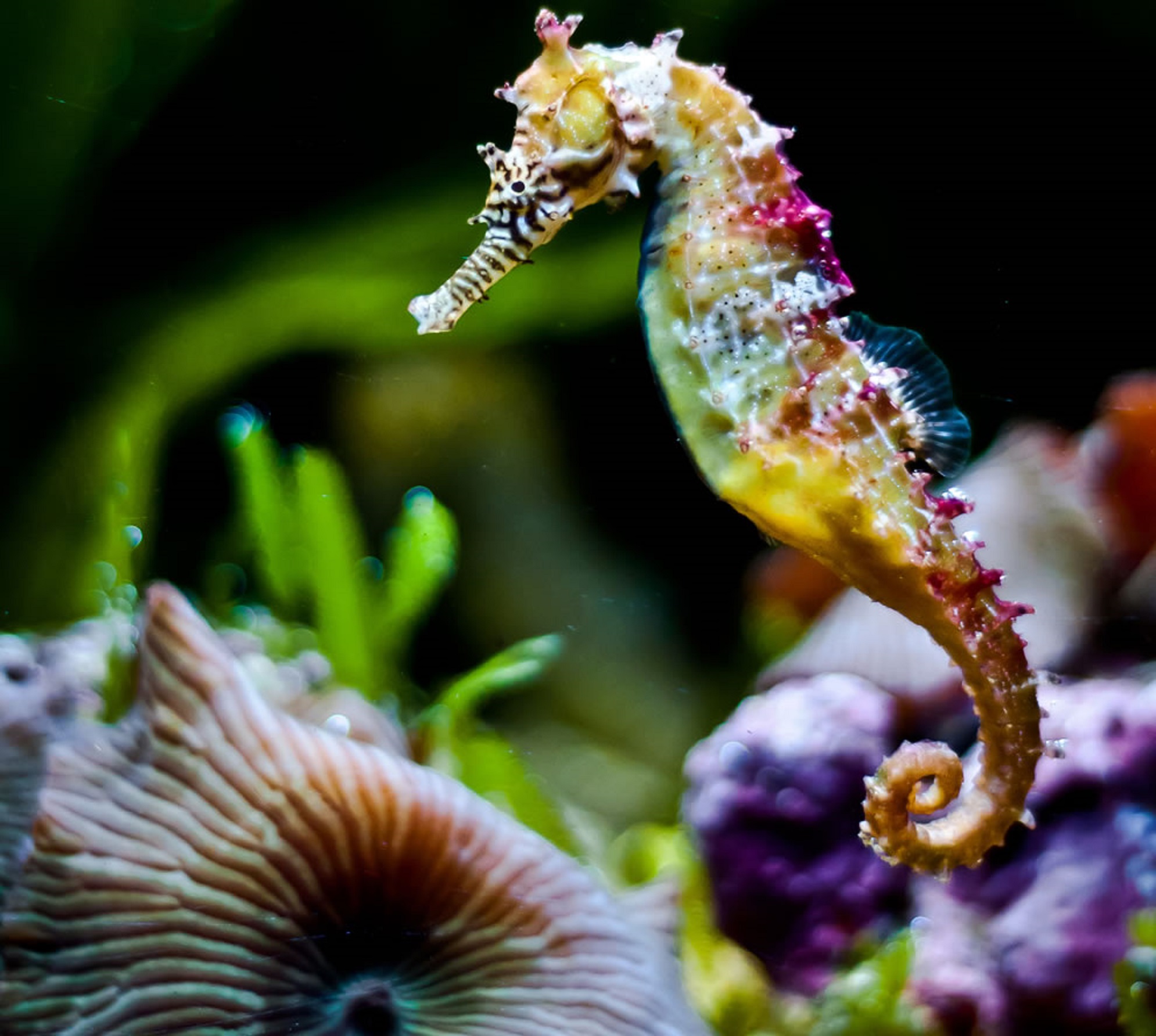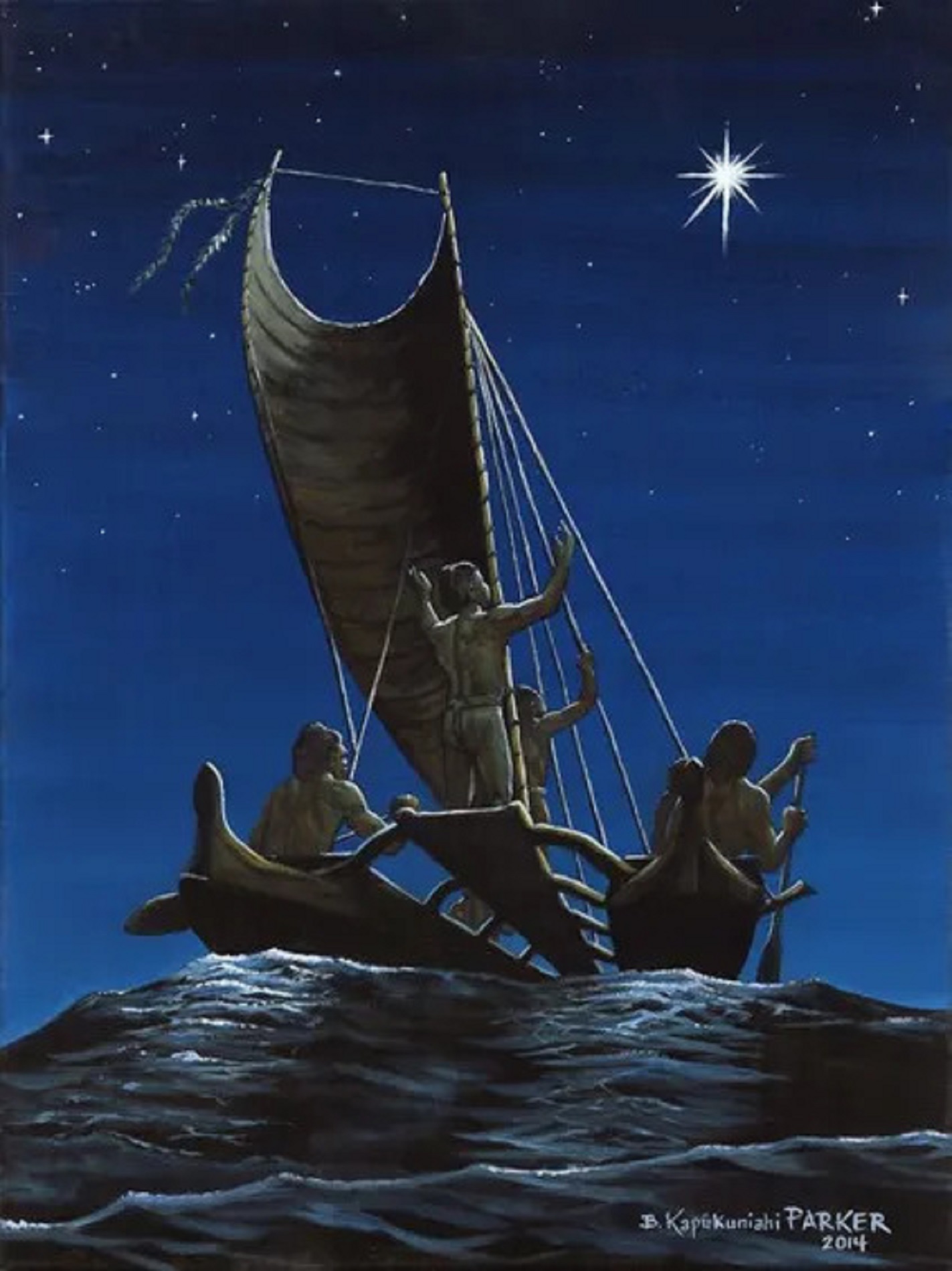
Polynesian culture, the history of the people of Polynesia and all that encompasses has been a fascination of mine since having a spiritual experience with a Samoan Tafuga which is a story I hold sacred. The Polynesians thousands of years ago took to the seas for a myriad of reasons and in doing so created a oceanic civilization that spans thousands of miles and evolved into many different sub-cultures of the original Polynesian explorers that utilized the Pacific waves, currents and winds but most importantly, the Stars. In this blog post I intend to deliver to my readers a vast amount of information regarding this subject because the passion I have for it runs deep.
Interest in the heavens goes back far into the ancient fabric of Polynesian culture. Many of the early Polynesian gods and demi-gods derived from or dwelt in the heavens, and many of the legendary exploits took place among the heavenly bodies. The demi-god Maui, especially, was known for such astronomical deeds as snaring the Sun to slow its passage across the sky, or of fashioning a magical fishhook (recognized in Western astronomy as the stinger in Scorpio) to fish up the Hawaiian Islands out of the deep ocean.
In a more practical vein, the early Polynesians were highly skilled sailors and navigators who sailed thousands of miles over open ocean between the Society Islands, the Marquesas, Easter Island in the east, the Hawaiian Islands in the north, and New Zealand in the southwest. Navigation was accomplished primarily, we believe, by a thorough knowledge of the stars, their rising and setting points along the horizon and their meridian passage as a function of latitude. Of course, there were other indicators in nature that helped guide them: the winds, the waves, the ocean swells, cloud formations, and birds and fish.
No instruments or charts of any kind were used to assist these early navigators. But with the arrival of Captain Cook in 1778, and subsequent arrivals of foreign ships, the Hawaiians were introduced to spyglasses, sextants, compasses, clocks, and charts, and easily adapted to Western technology. The foreign ideas and techniques soon crowded out the ancient and extensive knowledge of the sky and, sadly, most of this ancient lore has been lost and forgotten. To a large extent our current lack of knowledge of Hawaiian astronomy can be attributed to the early immigrants, mostly missionaries, who transcribed the unwritten language of the Hawaiians. The Hawaiians had names for hundreds of stars and other astronomical objects and concepts. Many of the words were recorded, but not their English equivalents, which were unknown to the transcribers. Continue reading HERE.
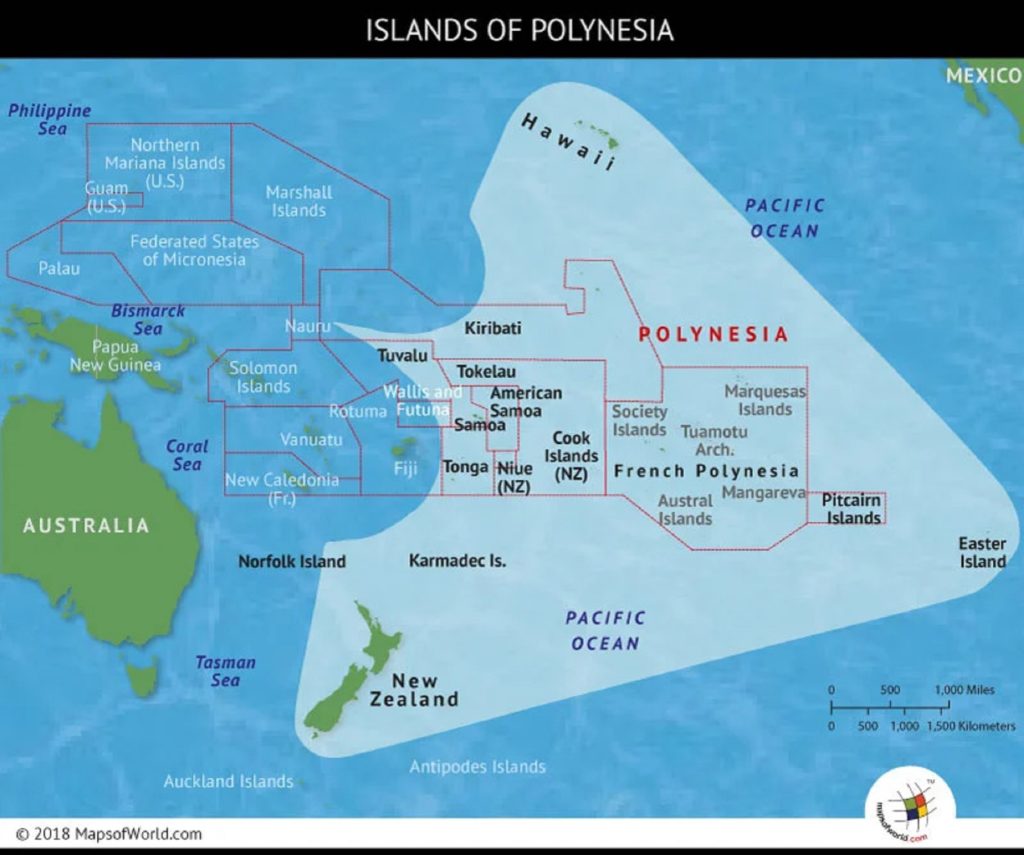
Where Did Polynesians First Come From?
The answer to that question is one of historians’ greatest ongoing debates.
The leading theory is that Polynesian ancestors started in Southeast Asia, and over the course of thousands of years, constructed vessels and used currents to populate offshore islands. As their skills in wayfaring and navigation grew, the Polynesians sailed their double-hulled canoes for thousands of miles to the east.
While the timing of the Pacific migration is disputed, it’s believed Polynesians reached Samoa and Tonga as early as 1200 BC.
From there they fanned out to the Marquesas Islands as early as 300 AD, eventually heading north to the Hawaiian Islands between 400 and 600 AD. It’s believed that Tahiti and Easter Island were settled about the same time, and later on—around 1200 AD—the Polynesians voyaged southwest to the islands of Aotearoa.
Other theories suggest that the Polynesians may have actually sailed from South America. One of the main proponents of this alternative theory was the Norwegian explorer Thor Heyerdahl, who, in 1947, famously sailed aboard the Kon-Tiki from the coast of Peru to the Tuamotu Islands—over 4,300 miles away. SOURCE
Objects and events in the skies were also important to ancient Oceanic peoples in a variety of other ways. They certainly had an extensive knowledge of astronomy: ethnographers in the nineteenth and early twentieth centuries recorded a great many names for stars, planets, nebulae (such as the Magellanic Clouds), areas of the Milky Way, and so on—things actually visible in the sky—as well as for purely conceptual constructs related to the motions of the heavenly bodies. As an example of the latter, the Hawai-ians had names for what we might call the celestial tropics—the most northerly and southerly paths followed by the sun around the sky at the times of the June and December solstices, respectively. The northern tropic they termed “the black shining road of Kane” and the southern one “the black shining road of Kanaloa,” Kane and Kanaloa being two principal creator-gods. The same or similar names for certain celestial objects (with dialectic variants) can often be found right across the linguistically homogenous area of Polynesia and even farther afield, which indicates considerable antiquity. For example, the Pleiades were known in Hawai’i as Makali’i, in Samoa as Li’i, in Tonga as Mataliki, in Tahiti as Matari’i, and by the Maoris of New Zealand as Matariki. To the west of Polynesia they were known, for example, within Vanuatu (Melanesia) as Matalike and in Pohnpei (Micronesia) as Makeriker.
Stars and constellations were frequently associated with gods, culture heroes, or living chiefs, as well as featuring in stories of ocean voyaging and of ancient homelands. A form of genealogical prayer chant common in Polynesia served to place those of the highest rank in a cosmic scheme of things that includes everything in the sky as well as on earth. A famous example of this is the Hawaiian Kumulipo. SOURCE
Post-Captain Cook
The first record of scientific astronomical observations being made from Hawai`i appears to be that of a British expedition on 8 December 1874. Captain G. L. Tupman of the HBM Scout observed a transit of Venus from a site on Punchbowl Street. Observations of this transit were also made from Waimea, Kaua`i and Kailua-Kona, Hawai`i Island.
David Kalakaua reigned over the Kingdom of Hawai`i from 1874 to 1891. King Kalakaua was a worldly and progressive monarch, especially considering how recently his people had been exposed to the society and culture of the “civilized” Western world. It was his ambition, as King of Hawai`i, to travel far and wide to learn the ways of the outside world. Even before his voyage, which took place in 1881, Kalakaua had shown an interest in astronomy, and in a letter to Captain R. S. Floyd on November 22, 1880, had expressed a desire to see an observatory established in Hawai`i. His voyage began with a visit to San Francisco, where he visited Lick Observatory in nearby San Jose. Mr. French of Lick Observatory evidently was the King’s guide at the observatory. In his journal Mr. French noted how interested and enthusiastic the King had been and how he had expressed a desire to bring such a telescope to Hawai`i.
It was not long after this that King Kalakaua expressed his interest in having an observatory in Hawai`i. Perhaps as a result of the King’s interest a telescope was purchased from England in 1883 for Punahou School, a private school established by early missionaries to Hawai`i. In 1884 the five-inch refractor was installed in a dome constructed above Pauahi Hall on the school’s campus. Unfortunately, it was not a stable, solid mounting, and the telescope was not useable. Nevertheless, it was the first permanent telescope in Hawai`i and did prove itself useful later on, as we shall see. In 1956 this telescope was installed in Punahou’s newly completed MacNeil Observatory and Science Center. Sometime since then it was replaced and has disappeared, sad to relate.
It appears that the first scientific astronomical and geophysical studies made on Mauna Kea were those conducted in 1892 by Mr. E. D. Preston, astronomer, of the U.S. Coast and Geodetic Survey as part of an extensive survey of the island of Hawai`i. Together with his assistant, Mr. W. E. Wall, and surveyor Prof. W. D. Alexander, the team set up near Lake Waiau a meridian telescope for determining latitude, as well as a gravimeter, a magnetometer, and a barometer to determine altitude. This expedition contributed the first accurate base-line geophysical data for the island. SOURCE
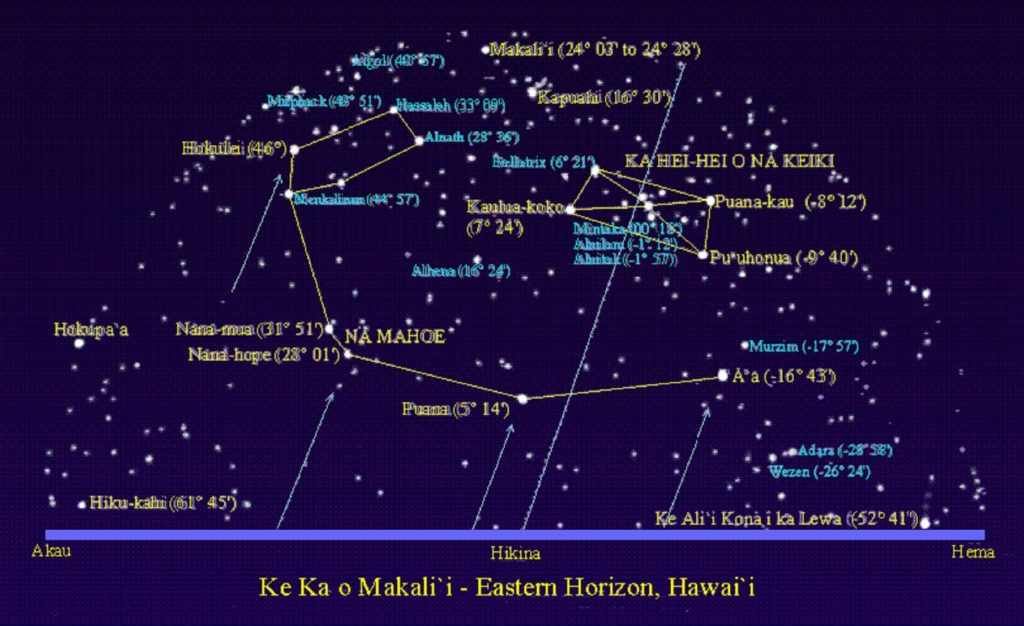
Ke Kā o Makali‘i is formed by five stars curving across the sky from ‘akau (north) to hema (south) in the shape of a bailer. It rises in the east like a cup, holding the constellation of Orion and Taurus, and as it begins to set in the west, it pours the content of the cup down to the western horizon.
During Ho’oilo (the winter season from November to April), these stars are visible for most of the night in the Hawaiian sky; during Kau (the summer season from May to October), these stars are in the sky overhead mostly during the daylight hours. SOURCE
O na hoku no na kiu o ka lani.
Hawaiian Sailing Proverb (Pukui, 1983)
‘The stars are the eyes of heaven.’
Hawaiian Voyaging Traditions
The ancient Hawaiians saw Procyon as part of an asterism including four other stars, in Ke Ka o Makali’i (“the canoe bailer of Makali’i”) that assisted them while navigating at sea. Recently named Puana (Maori for “blossom”), it had no recorded Hawaiian name outside of its use in the asterism (Johnson et al., 1975). The constellation was part of a curving formation in the shape of a bailer surrounding the western constellation Orion. Makali’i has several meanings in Hawaiian: 1) it’s the name for the Pleiades, a group of seven stars called Nā hiku o Makali’i (meaning seven little eyes); 2) it was the name for the third modern voyaging canoe (following Hōkūle‘a and Hawai‘i loa) built by native Hawaiians to resurrect ancestral voyaging traditions; and 3) it was the name of the navigator of the legendary canoe of Chief Hawai’iloa, who is often identified as the discoverer of Hawai’i.
Puana forms Ke Ka o Makali’i with Capella (Hoku-lei: star lei), Sirius (A’a: burning brightly), Castor and Pollux (Namahoe: the twins), and Canopus (Ke Ali‘i o kona i ka lewa: chief of the southern heavens) (Brosch, 2008). Polynesian navigators at sea looked east for rising stars to use as clues to direction and the constellation was seen to rise in the east like a cup (Hawaiian Star Lines). SOURCE
Lunar Month
Ancient Polynesians recognized the planets and the fixed stars. In Hawaii the eastern star was called manalo and the evening star was called na-holo-holo. Their calendar measured the movement of the stars across the sky with great accuracy. Like all ancient cultures the star group of Pleiades, “the seven sisters” had great significance. Its first appearance in the evening sky , which at present falls in November marked the beginning of the year and was highly celebrated. Some other Polynesian groups began their year when Pleiades made its appearance in the morning sky which fell around June.
The lunar month was observed and 29/30 days of the month were given different names for the nights of the Moon. The Hawaiians called this year beginning with Pleiades appearance in the sky Makahiki. It was divided into twelve lunar months, beginning with the new Moon. By allotting 29/30 days to each lunar month there was usually a left over portion of days at the end of the year, but it is unknown what significance was attached to it.. They would use a cycle of 19 years in which the 3rd, 5th, 8th, 11yh, 13th, 16th, 19th years were allowed to have an extra 13th lunar month. In the intervening years, the 12th month was given extra length to account for the extra days. The Greeks followed a similar system. SOURCE
The names given by the Tahitian people to the nights of the Moon are:
- (New Moon) – Tirio or Teriere
- HiroHiti
- Hoata
- Hami-ama-mua
- Hami-ama-roto
- Hami-ama-muri
- ‘Ore’ ore-mua
- ‘Ore’ ore-mui
- Tamatea
- Huna
- Rapu or Ari
- Maharu
- Hu-a
- Maitu
- Motu
- Mara’i
- Turu or Turutea
- Ra’au-mua
- Ra’au-muri
- ‘Ore’ ore-mua
- ‘Ore’ ore-roto
- ‘Ore’ ore-muri
- Ta’aroa-mua
- Ta’aroa -roto
- Ta’aroa-muri
- Tane
- Ro’o-nui
- Ro’o-mauri
- Mutu or Maurimate
TAHITIAN ASTRONOMY
[Recited in 1818 at Porapora, by Rua-nui (Great-pit), a clever old woman, then bent with age, and eyes dim. The stars were identified with their equivalents in English by the aid of Paora’i (cleft sky), Counsellor of Porapora, in 1822, and by the best authority in Tahiti, later from the MSS. of the Rev. J. M. Orsmond, Missionary of Tahiti.]
Communicated by Miss Teuira Henry.
RUA-TUPUA-NUI (source-of-great-growth) was the origin; when he took to wife Atea-ta’o-nui (vast-expanse-of-great bidding), there were born his princes, Shooting-stars; then followed the Moon; then followed the Sun; then followed the Comets; then followed Fa’a-iti (Little-Valley, Perseus), Fa’a-nui (Great Valley, Auriga), and Fa’a-tapotupotu (Open Valley, Gemenii), in King Clear-open-sky, which constellations are all in the North.
Fa’a-nui (Auriga) dwelt with his wife Tahi-ari’i (Unique Sovereign, Capella in Auriga), and begat his prince Ta’urua (Great Festivity, Venus), who runs in the evening, and who heralds the night and the day, the stars, the moon, and the sun, as a compass to guide Hiro’s ship at sea. And there followed Ta’ero (Bacchus or Mercury), by the sun.
Ta’urua (Great Venus) prepared his canoe, Mata-taui-noa (Continually-changing-face), and sailed along the west, to King South, and dwelt with his wife Rua-o-mere (cavern-of-parental-yearnings, Capricornus), the compass that stands on the southern side of the sky.
There was born his prince Maunu-‘ura (fading-redness, Mars), who rises in the evening with two faces (two shades in its disc) a red star, the god that flies to offer oblations for thought in his season. Continue reading HERE.
Further Resources
How Polynesian navigation history informs astronomy today
The Polynesian, Master Mariner and Astronomer
Voyaging Stars: Aspects of Polynesian and Micronesian Astronomy
Islander Mythology and Astronomy
A Collection of Curricula for the STARLAB Polynesian Voyaging Cylinder


